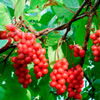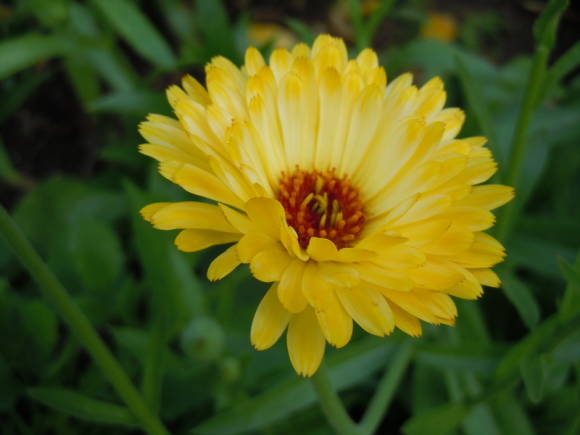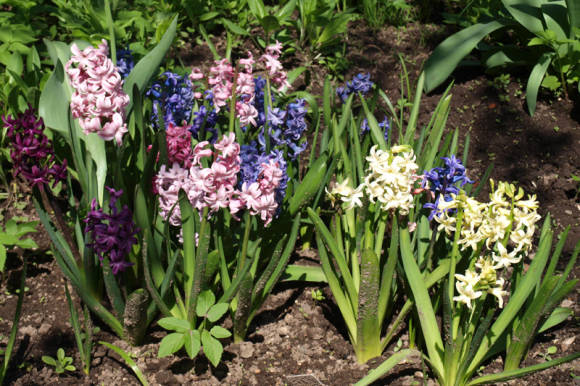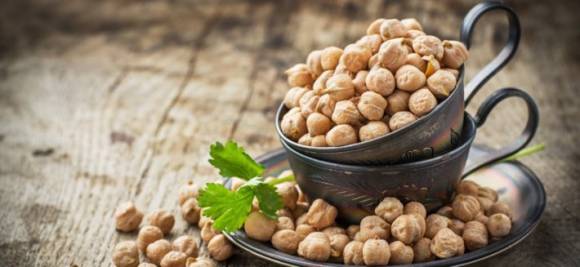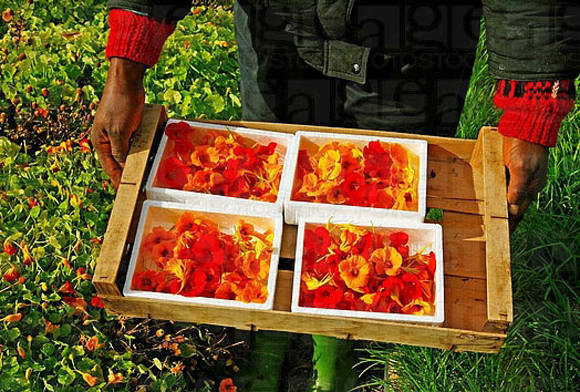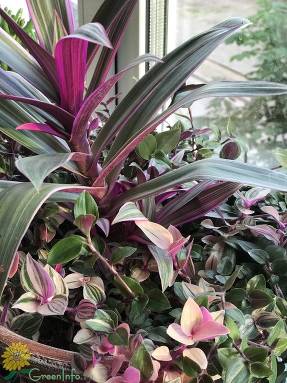The plant, familiar to everyone from childhood, which was once called "dogs", is successfully returning to our flower beds and is widely used in landscaping public places and summer cottages.
 |
Rod antirrinum (Antirrhinum) the family norichnikovye has about 50 species originating from the Mediterranean and North Africa. Antirrinum large has been widespread in culture since the 16th century. (Antirrhinum majus)from which modern hybrids originated. At this time, there are about 800 varieties. The snapdragon plant is named for its bizarre corolla shape, reminiscent of the mouth of a lion. At home, this is a perennial plant, in our conditions it is grown as an annual.
The plant is 15–100 cm high, with large, finely grooved, green stems, smooth at the bottom and covered with glandular hairs at the top. Some varieties have anthocyanin-colored stems. Leaves are opposite at the bottom of the stem and alternate at the top, 6-7 cm long, lanceolate or oblong-oval. The flowers are bisexual, collected in a racemose inflorescence. The corolla of the flower consists of 5 petals fused in the lower part, forming a tube, like in all norichnikovs. At the upper end, its petals make up a lip in two folds: the lower (short) - of 3, the upper - of 2 petals. Both parts are pressed against one another and are pubescent at the point of contact. The color of the flowers is white, yellow, pink, red, purple, burgundy, it can be two-color or three-color. But the flower can be not only traditionally two-lipped, but also open, almost funnel-shaped. At the same time, an open flower in some varieties is terry. The number of flowers in an inflorescence, depending on the variety, can be from 10-15 to 40-65 pieces. Duration of flowering of one flower is 12 days, the whole plant, depending on the number of flowers, is 3–3.5 months. Every 6 days, 2 flowers open in the brush, and they bloom in the inflorescence from bottom to top. If you cut the plant and put it in water, then all the flowers will definitely open, but they will bloom less. The early varieties bloom in 72–77 days, the middle ones - in 83–88 days, the late ones - in 96–100 days after germination.
 |  |
According to the height and shape of the bush, the snapdragon varieties are divided into groups:
- Giant group - Plants 80–100 cm high, narrow-pyramidal, with a low-branched stem, the main shoot rises above the first-order shoots, there are no second-order shoots.
- Tall group - Plants 60–80 cm high, pyramidal in shape, the main shoot is lower than that of gigantic ones, but higher than the first-order shoots.
- Semi-tall group - The plants are highly branched, 45–60 cm high, the main shoot is at the level of the first-order shoots. This group includes early, medium and late flowering varieties.
- Stunted group - spherical plants, 25–35 cm high, the central shoot at or below the first-order shoots.
- Dwarf group - strongly branched plants 15–20 cm high, wide in shape. They bloom in early or medium terms, very profusely, but the flowers are small.
When choosing varieties for a flower garden, it is important to take into account not only the color of the flowers, but also the height and degree of branching of plants. Dwarf varieties are used for curbs, medium and tall - for creating flower beds, ridges and for cutting.
 |  |
New varieties included in the State Register of Breeding Achievements for the first time:
Alice - Plants 40–42 cm high, 14–15 cm in diameter, erect, closed, columnar, very durable, strongly leafy. The leaves are dark green, glossy. The average number of inflorescences per plant is 10-11. Peduncles are strong, the length of the central one is 15-16 cm, with a very short zone of buds - 2 cm. The inflorescence is spike-cylindrical, very dense, of 22 flowers. The flower is zygomorphic, 3.6 x 3.8 cm, orange, orange-yellow when flowering. The aroma is very weak. The period from the beginning of the growing season to the beginning of flowering is 77 days. Abundant flowering, up to 60 days.
Phoenix - plant 53–55 cm high, erect, closed, wide-columnar, very strong, strongly leafy. The leaves are dark green, glossy. The average number of inflorescences per plant is 89 pcs. Peduncles are strong, the length of the central peduncle is 35 cm, with a very short zone of buds - 1.5 cm. The inflorescence is cylindrical, very dense, of 24 flowers. The flower is zygomorphic, 3.2 x 2.5 cm, cherry. The aroma is very weak. The period from the beginning of the growing season to the beginning of flowering is 90 days. Abundant flowering, up to 66 days, from the beginning of July.
Cultivation and reproduction
 |
Snapdragon is grown with seedlings, the seeds are sown in late March - early April. The mixture for growing seedlings should consist of turf, peat, sand in a ratio of 3: 1: 1. Compost or humus should not be added, as snapdragon seedlings suffer greatly from black leg. Seeds germinate at a temperature of + 10 + 15 ° C for 10-12 days, in the dark, but with access to air. The best temperature for seedling growth is + 18 + 20 ° С. Seedlings are not often watered, the plant does not suffer from dry air. It is advisable to dive seedlings twice: the first time - 10-15 days after germination, the second - a month later. Plant in the ground in mid-May. Snapdragon blooms profusely, until late frosts.
The main advantage of the snapdragon is its cold resistance - it can withstand frosts down to -5 ° C. Grows well on light, drained, limed, light fertile soils. Care during the growing season is usual: feeding twice before flowering with full mineral fertilizer. In hot weather, watering is required 1-2 times a week. Be sure to loosen and remove weeds. In a warm, snowy winter and when the roots are covered with foliage or peat, the roots of the snapdragon can overwinter, then numerous shoots appear in the spring. They can be planted or left in place, but the plants will only bloom in August.
One more circumstance must also be taken into account. Snapdragon belongs to cross-pollinated plants, therefore, when growing several varieties, to obtain your seeds, you must observe spatial isolation - 100-300 m, which is almost unrealistic for garden plots. Therefore, it is not possible to get their seeds.
"Ural gardener", No. 18, 2015
